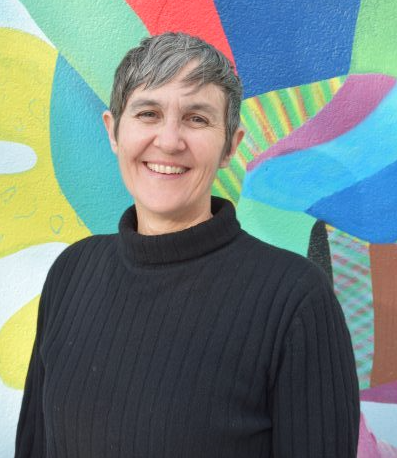
Nicole Rycroft is the founder and executive director of Canopy, an organization that is working to protect the world’s forests, species and climate. Nicole launched the organization over 20 years ago, and she and the organization have received a number of environmental and business awards.
We spoke with Nicole about her goal to save the world’s ancient and endangered forests, and how Canopy’s Pack4Good initiative advances that goal.
How was the Pack4Good initiative started?
NR: We launched Pack4Good in October 2019. The background for it was that three billion trees disappear into packaging every year, and that number is expected to increase by at least another 20 per cent within the next five years. It’s already got a massive footprint, and that footprint is continuing to grow quite aggressively. Plus, of the 450 million tonnes of paper that’s produced, more than half of it disappears into packaging. It’s the largest footprint of the sector and its impacts are far-reaching in the landscapes that have been degraded, as well as the climate footprint that it has.
Packaging has been going through a bit of zeitgeist moment in recent years. As companies and governments have been grappling with the environmental impacts of plastic packaging, we want to ensure that as they tried to resolve that, they weren’t exacerbating the impacts on forests.
How did the companies involved with Pack4Good come on board?
NR: We launched with 44 brands. With the original cadre of brands, we reached out to some of the 320 brands that we’ve already been working with for the last six and a half years, [companies in] the fashion industry.
The fashion industry is responsible for more than 50 per cent of B2C e-commerce. A lot of the fashion brands that we work with use just as much, if not more, fiber in the packaging that underpins their businesses as they do in the actual apparel that they sell. We started working with some of these brands to expand the commitments which have been focused on viscose and rayon fabrics to include packaging, so it was just a natural extension of relationships.
What are the main principles of the Pack4Good commitment?
NR: When a brand develops a Pack4Good policy, they are committing to ensure that none of their packaging comes from ancient and endangered forests. They are committing to prioritize the use of next-generation solution fibers; agricultural residues like straw that is leftover after the food grain harvest, or microbial cellulose, which can be grown on food waste to make packaging. They are committing to using smarter design, both in terms of product and packaging systems. When virgin wood fiber does have to be used, ensuring that it’s Forest Stewardship Council (FSC) certified, and that they will advocate for conservation. Those are the primary tenets that are part of the Pack4Good commitment.
Our launch of Pack4Good was really to seek to ensure that we’re enabling brands to have a holistic approach to addressing their packaging impacts. Most of the brands that we work with already have plastic packaging commitments in place, and this is a complimentary strategy for them to ensure that they’re not trading in one environmental problem for another.
How have Pack4Good member companies already started to work towards the goals of the initiative?
NR: One of our really big European brand partners changed the system between their warehouse and their store that enables a box to be used up to six or seven times on average, rather than being a single-use product. They’ve redesigned the actual physical structure of the box, and in doing so, they are essentially saving 80 per cent of the fiber they would have used, and they saved themselves $14 million in a single year.
Some of our other brand partners, we’re already working with them to pull Columbia pulp, which is North America’s first modern day straw pulp mill. A number of our brand partners are starting to trial working with their packaging suppliers, to start incorporating it into their consumer-facing products or their B2B shipping boxes.
Do you have any requirements for the technology solution providers you work with?
NR: Our requirement of the next-generation technology entrepreneurs that we work with is that they are price competitive with conventional wood or wood-based technologies and that they’re at least equivalent in terms of the technical performance, tensile strength, printability or the other various requirements that there are, so those alternative fibers are performing equivalently.
Nicole’s responses were edited for length and clarity. For more Q&A Spotlight interviews, please visit www.printaction.com/profiles.
This article was originally published in the September 2020 issue of PrintAction.
Print this page
